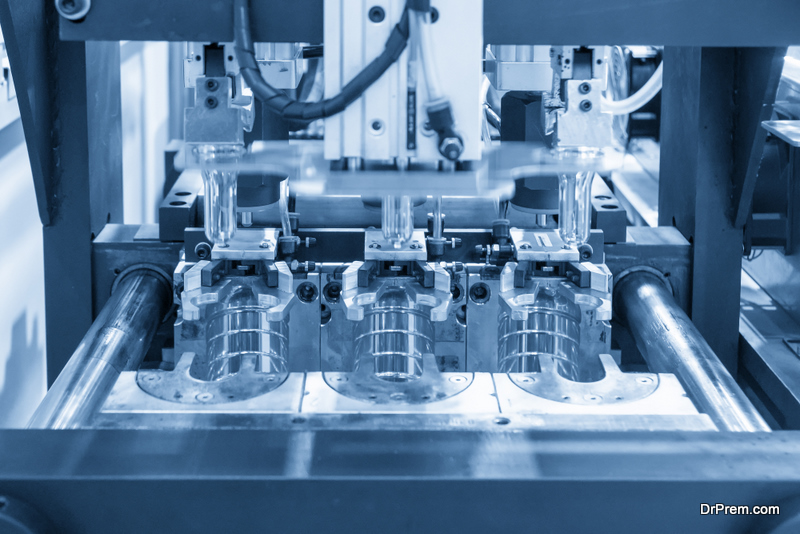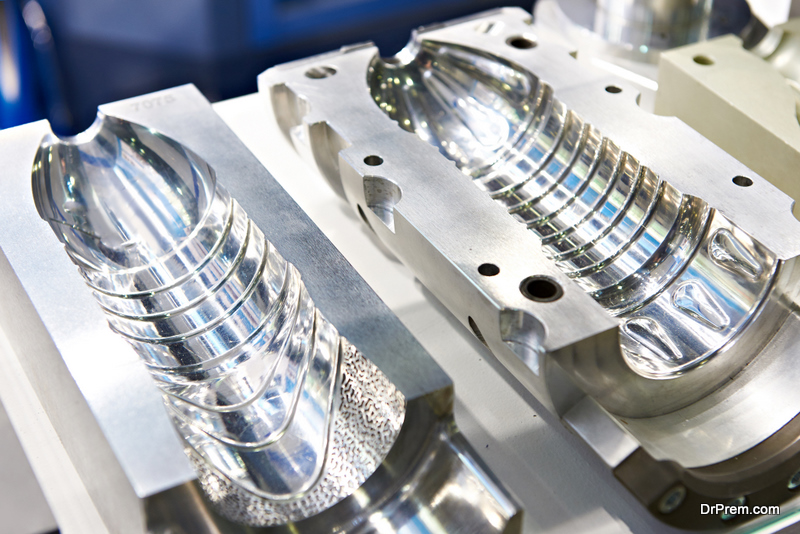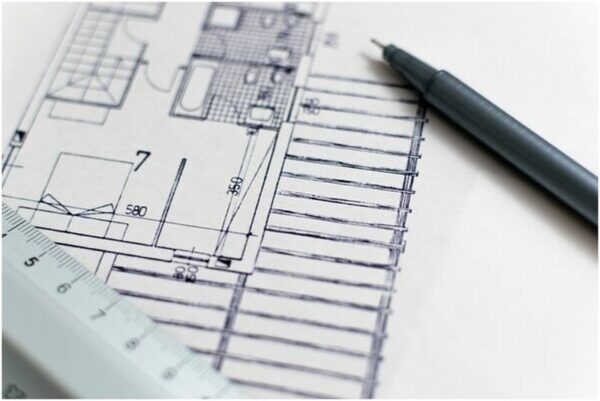As part of any manufacturing process, injecting mold fabrication can sometimes have defects that can be avoided during production. Interestingly, the defects can affect inexperienced and experienced engineers even as they look for means to cut costs and increase product reliability. A large portion of the defects can be prevented by using the right design tools like the ones provided by Proto Shop. Common faults include flow lines, vacuum voids, and uneven wall thickness. Here is how these defects emerge and possible solutions.
1. Flow Lines

These are streaks or patterns that emerge on the prototype mainly due to the molten plastic’s physical path and cooling profile. The defects are caused by different speeds as the molten plastic moves while changing directions. Flow lines also emerge due to varying wall thickness. Below are means to avoid the defects:
· Increase Injection Speed
If the injection speed or pressure increases to the highest levels, it ensures that all the cavities are filled correctly. Alternatively, the molten’s plastic temperature can also be increased, which means that the plastic does not cool down before reaching the destination.
· Altering Mold Gate Position
Changing the mold gate positions causes an extended flow to avoid the emergence of flow lines. For instance, when the mold gate is at the nearest position to the mold cavity wall it can prevent the emergence of flow lines since the entrance allows the stoppage by the wall first.
2. Cooling Design Defects
An improper cooling channel can prevent the proper cooling of mold. Most cooling channels offer room for the coolant substance to easily circulate and cool the mold. However, the poor design of the channel is a catalyst for defects like uneven parts. To avoid these defects, consider building thick walls, keeping the mold’s interior spaces close, and removing any air traps.
3. Vacuum Voids

Trapped air pockets near the surface of an injection mold results in vacuum voids. The voids emerge due to irregular solidification affecting the surface and the inner sections of the prototype. One common cause for this defect is the insufficient holding pressure to facilitate condensing the mold. In most cases, the defect can be avoided by switching to less thick plastic, which means that there is less air tapped due to enough allowance for escaping. Increasing the holding pressure and time alongside aligning the mold parts can also prevent vacuum voids.
4. Different Wall Thickness
The molding process is synonymous with varying wall sections and might be a source of defects in the final product. The walls can cause unintended sections during the molding process. Worth noting is that varying thick walls can also lead to different shrinkage, which may cause part deflection. One means of handling this defect is by maintaining thicker walls at the end-of-fill. In some cases, if creating uniform wall thickness is challenging, you can gradually focus on altering the thickness through the production process.
5. Poor Choice of Material
Not all materials can present the best results. However, most people usually overlook the focus of selecting the right materials. To get the suitable materials, consider the destination of the final part. For instance, if the part is destined for the outside, the materials can have elements like UV stabilizers that prevent cracking. Additionally, materials focused on designing parts that might be under pressure can be reinforced with other fillers like fiberglass.
Endnote
The highlighted defects are common in mold fabrication, but the focus should be on preventing them. It is vital to anticipate challenges like flaw lines in advance. Understanding the defects in advance will go along in saving time and money.
Article Submitted By Community Writer




